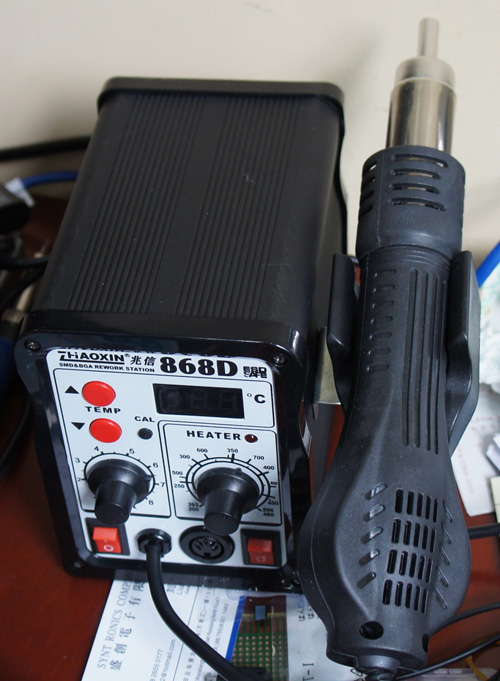Last week, the Internet discovered the end of chumby as you have known it. My exit from the company five months ago was deliberately discreet. It was a good run, but it was also time for me to move on. Upon hearing the news, my good friend Phil Torrone reached out to do an interview, and I was happy to oblige. The interview encapsulates some of my experiences that may be applicable to others excited to get into the hardware business. Here’s some of the questions that I answer for Phil:
If you’re interested, have a read at the jump!



